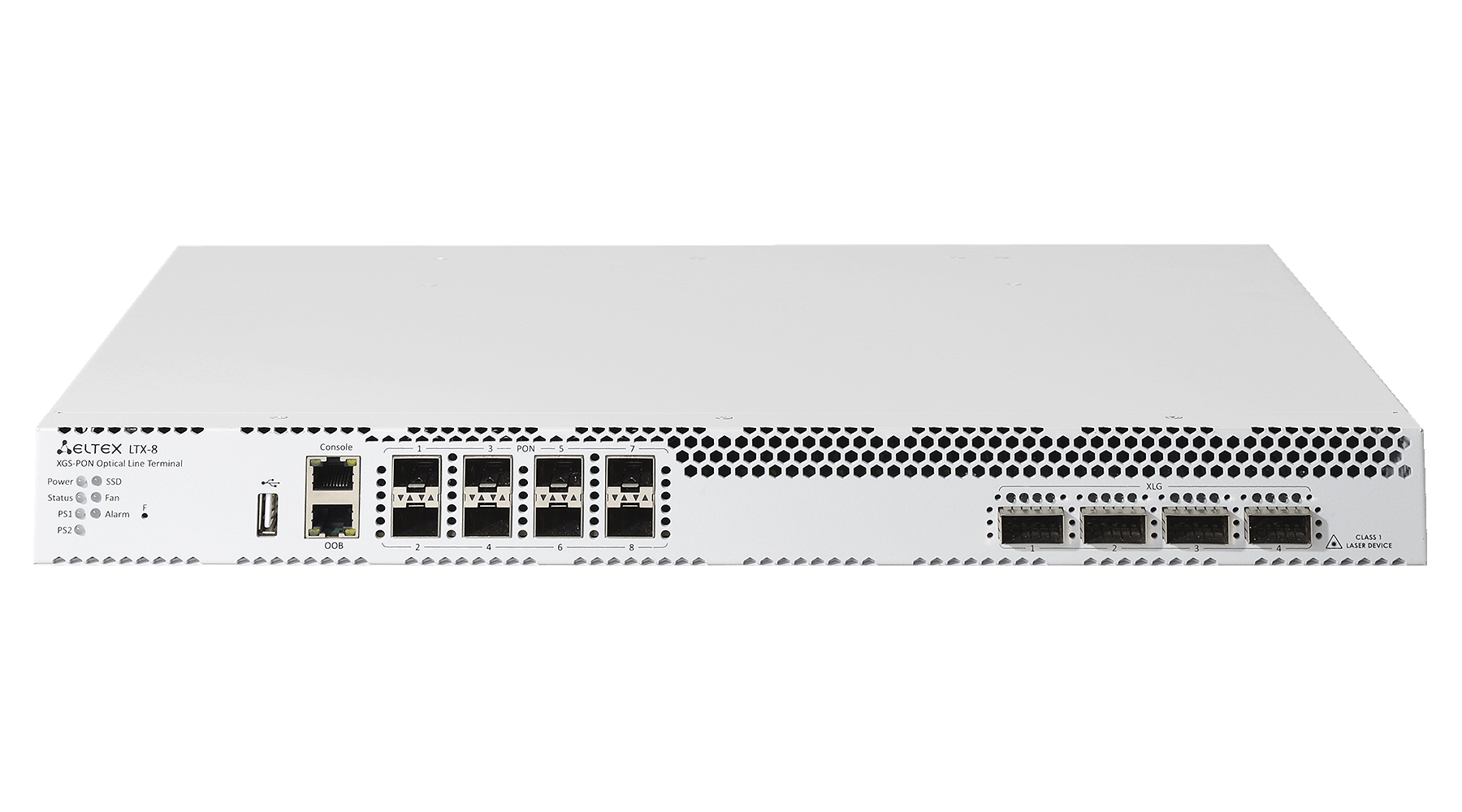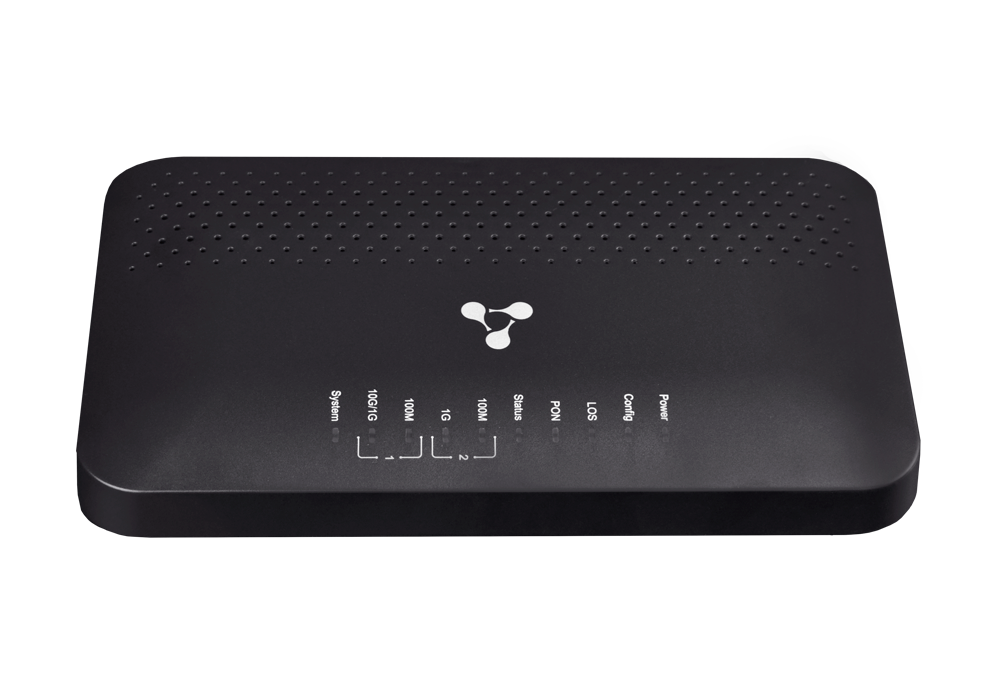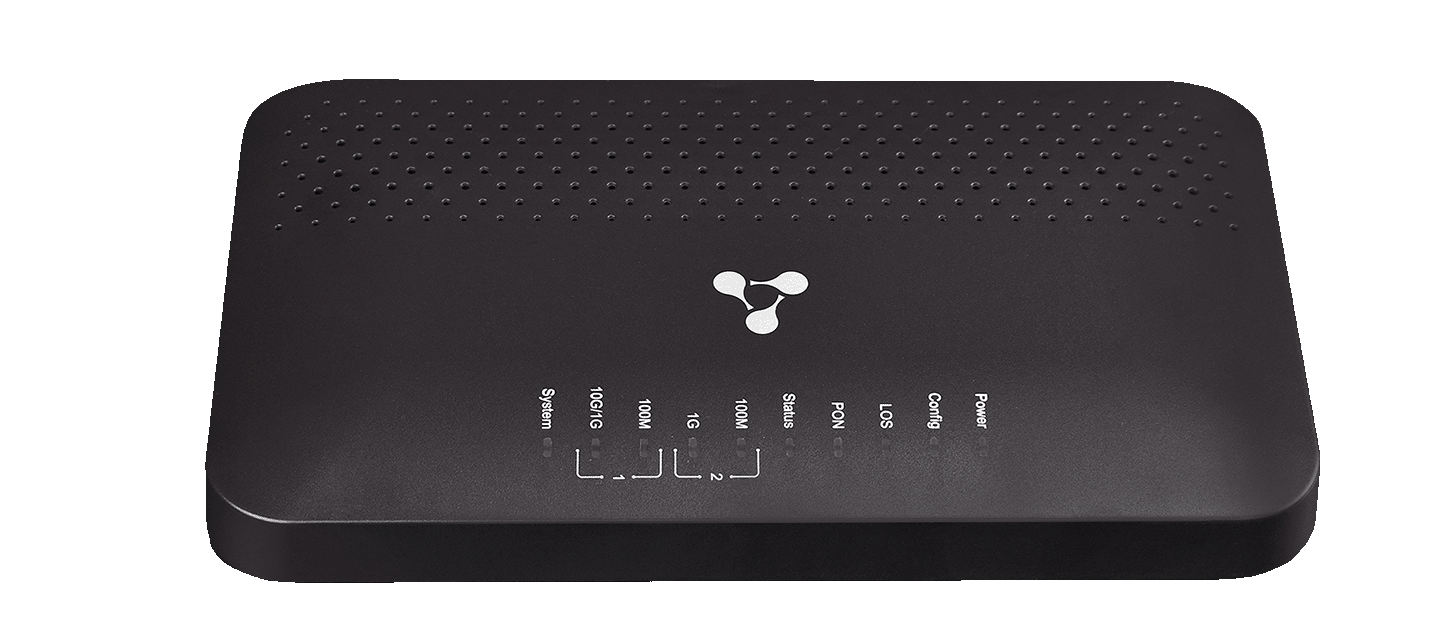The inevitable 10G-PON: implementation in the international and Russian operator markets


The inevitable 10G-PON
The transition to a high-speed Internet connection is definitely inevitable. The only question is who will do it first.
This is exactly how telecom strategists worldwide think nowadays. While Russian operators are cautious about high-speed network technologies, believing they are a thing of the future, foreign ones are already actively connecting not only businesses but also ordinary users to fast access channels, forming new standards for content consumption.
The digital boom is changing everything
Here are some facts. According to the International Telecommunication Union, the overall volume of Internet traffic has more than doubled during three COVID-19 years, from the end of 2019 to 2022: from 2,401 to 5,291 exabytes. This is not surprising given how many people were locked down where they worked and spent their free time.
The COVID era is over, yet traffic consumption continues to grow. Every day, more than 33 exabytes of data are transmitted via global networks, amounting to approximately 12,000 exabytes annually. The typical user consumes 4.2 GB per day. By 2024, global Internet traffic reached historic levels, increasing by 17% compared to 2023. And there is no doubt that consumption will increase every year.
These numbers reflect fundamental changes in the way we work, have fun, and interact with the digital world. For example, a modern family at home can watch 4K video streaming on three devices, stream, make video calls, download large files from the network, play cloud games, and synchronize data with cloud services. And often it's all at once. Moreover, they can use fast wireless Internet Wi-Fi 6/7.
The bandwidth for such scenarios easily exceeds 1 Gbps, which was previously considered for home use. In addition, traffic consumption is getting more symmetrical. Previously, we mainly uploaded content, but now, in the era of streaming and cloud services, we upload more actively. This places special demands on the Internet speed provided by the operator.
And what about the corporate environment? Videoconferencing, sharing large files over the Internet, and cloud services are no longer optional: they areessential components of the workflow. During peak hours, a medium-sized company can easily consume about 3 Gbps or even more.
Optimum for operator tasks
In light of exponential traffic growth, optical technologies seem to be a reasonable choice for telecom carriers. The trend shows that they have already started a step-by-step transition from twisted pair to fiber-optic cable. This is clearly evident in the reports of major representatives.
The XGS-PON optical technology is in a unique position. It combines the cost-effectiveness of the PON architecture with symmetrical performance of up to 10 Gbps, which will be sufficient for many years. At the same time, XGS-PON is the optimal solution for the transition period before the widespread introduction of more productive solutions, such as 50- and 100G-PON, which will not occur soon.
Here are some of the benefits of deploying XGS-PON, which are frequently mentioned by experts:
- Symmetrical speeds of up to 10 Gbps, meeting the requirements of modern digital usage scenarios. In the age of remote work, cloud services, and a variety of user-generated content, high upload speeds are becoming just as important as downloads.
- Reduced capital costs by quickly transferring subscribers from existing GPON to XGS-PON. All of the previously established optical infrastructure remains operational; only the active equipment at communication nodes and customers is being replaced.
- Step-by-step transfer to a new technology. The architectural compatibility of XGS-PON with existing GPON systems allows operators to deploy it gradually. GPON and XGS-PON users might be connected simultaneously on the same physical infrastructure. Operators can flexibly manage migration to the new technology, gradually expanding the number of "high-speed" subscribers.
- The XGS-PON connection range is up to 20 km from the central hub to the subscriber terminal, giving operators maximum flexibility in network planning. One OLT terminal can cover an area the size of a small city. In addition, the indisputable advantage of the optical network is the reduction of the number of active equipment and making maintenance easier.
Global practice shows that operators proactively implementing multi-speed optical solutions capture the most profitable market segments. XGS-PON provides a technological foundation for 5-7 years with minimal risks and maximum use of existing investments.
Let's turn to the world experience.
The competitive race for subscribers has already started
China has long been an indicator of technological trends in the telecom industry, including optical communications. According to an analytical report from Global Market Insight, there is a rapid transition "from traditional GPON to 10G PON technology in urban areas, driven by bandwidth-intensive applications. Major providers are investing in network upgrades to enable higher speeds".
The numbers are impressive: in 2023 alone, 10.4 million FTTH/B connections were installed in China while the number of copper lines decreased. This is comparable to the total population of a European country, such as the Czech Republic. The top Chinese operators have been making 2.5 and 5 Gbps tariffs widespread and have been offering them to subscribers for years. Next up are 10 Gbps tariffs. Obviously, this is a global trend.
European operators have chosen a gradual transition strategy. Orange France has announced plans to offer 100% of its customers 10-Gb tariffs using XGS-PON technology by the end of 2026. Moreover, Orange turned out to be in the role of a catch-up player: two other major French operators SFR and Bouygues Telecom currently offer tariffs with speeds up to 8 Gbps for their subscribers. Orange has to act quickly in order not to lose a promising market.
In the USA, high-speed optical connection is developing a bit differently. American providers are focused more on the corporate segment and luxury housing, where people are ready to pay more for premium services. Operators offer symmetrical channels with speeds up to 10 Gbps for connecting business centers, medical complexes, and educational institutions. However, they do not forget about private users. Recent news: major operator Comcast Xfinity is constructing a massive optical communication line to enable multi-gigabit access to 20,000 homes and businesses in the city of Rio Rancho. Every day, more examples like these emerge.
According to the World Bank, every 10% increase in broadband penetration can boost global GDP growth by 1.38%, and a doubling of bandwidth by 0.3%. Obviously, foreign network equipment operators and manufacturers are aware of this. They also understand that both businesses and individuals need to prepare in advance for a leap in traffic consumption. High-quality service is impossible in these conditions without a network upgrade, and subscriber loyalty and competitive advantage in the digital services industry depend on it.
What do we have in Russia
Russia faces a challenging task: implementing the ambitious governmental plan to provide all subscribers with access to high-speed Internet of at least 1 Gbps by 2030, as well as achieving the 10 Gbps target when connecting apartment buildings in large cities. Against this background, the current average fixed access speed of slightly over 87 Mbps (67th in the world) looks contrasting.
The basic infrastructure of GPON, especially in large cities, is well developed. However, the shift to next-generation technologies such as XGS-PON, which is necessary to achieve gigabit speeds, is extremely slow. There is a technical possibility of upgrading the existing optics, but the implementations are limited.
One of the issues, among others, was the exit of a number of foreign telecom equipment manufacturers from the market, which was aggravated by the continuing, although not always justified, distrust of domestic solutions by part of the industry. This position often reflects inertia of thought rather than the real situation.
Modern Russian network equipment has long been on the level with leading foreign analogues in terms of technical characteristics, functionality, and reliability, and its development is initially carried out taking into account the specifics of local operating conditions.
Real foundation for next-generation networks
The example of Eltex, a key Russian manufacturer of network equipment, is illustrative. The company has a unique position in the Russian market as the only local developer of OLT and ONT equipment for xPON networks. The vendor's GPON solutions have long proven themselves in carrier networks. Today, the focus is shifting to the next generation of equipment, the XGS-PON.
This year, Eltex terminals with XGS-PON support have been launched in serial production, the model range of which is formed considering real operator tasks. For example, models of LTX series station terminals with the letter "C" have ComboPON ports installed. They enable simultaneous connection of GPON and XGS-PON subscribers via a single port. The LTX-16 and LTX-16C 1U 16-port terminals are a rare solution even for the foreign market, capable of connecting up to 4096 XGS-PON subscribers or 2048 GPON.
Eltex provides operators with independence from the sentiments of foreign manufacturers. A full cycle of development and production, technical support, and the ability to customize functionality to meet specific requirements are assets that allow focusing on network development rather than external risks.
When the offer of multi-gigabit services on XGS-PON has not yet widely available, early entry into this market will allow providers:
- to occupy a vacant niche and create an image of a service leader;
- to attract and secure the most demanding customers (businesses, premium residential complexes), whose needs are covered by marginal high-speed tariffs already now;
- to introduce new tariffs, gradually increasing the speed provided. For example, symmetrical 2.5/5/7 Gbps.
A window of opportunity is forming now. Launching pilot projects based on XGS-PON is a crucial step towards updating the offers of telecom operators. Several regional operators have already successfully launched test sections of networks using LTX equipment, and the results confirm high performance and readiness for large-scale deployment.
The multi-gigabit era has already started. The question is not whether it will come to Russia. The question is when this will happen and which of the operators will be the first to offer new services to their clients.
Mentioned products
- Technology:
- 10G-PON
- Performance:
- 120 Gbps
- Interfaces:
- 16xXGS-PON, 4x100G QSFP28
- ONT:
- 4096/2048
- Technology:
- 10G-PON
- Performance:
- 300 Gbps
- Interfaces:
- 8xXGS-PON, 4x100/40GE (QSFP28/QSFP+)
- ONT:
- 2048/1024
- Technology:
- 10G-PON
- Interfaces:
- 1xXGS-PON, 1x1G, 1x10G SFP+
- Technology:
- 10G-PON
- Interfaces:
- 1xXGS-PON, 1x1G, 1x10G




